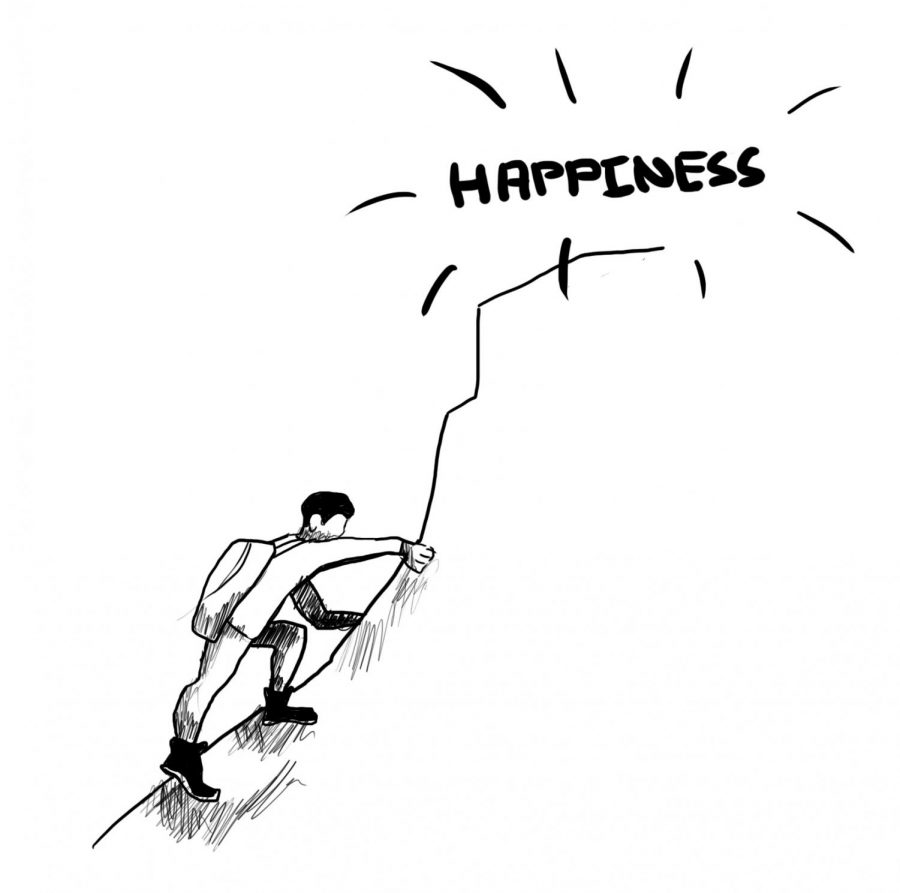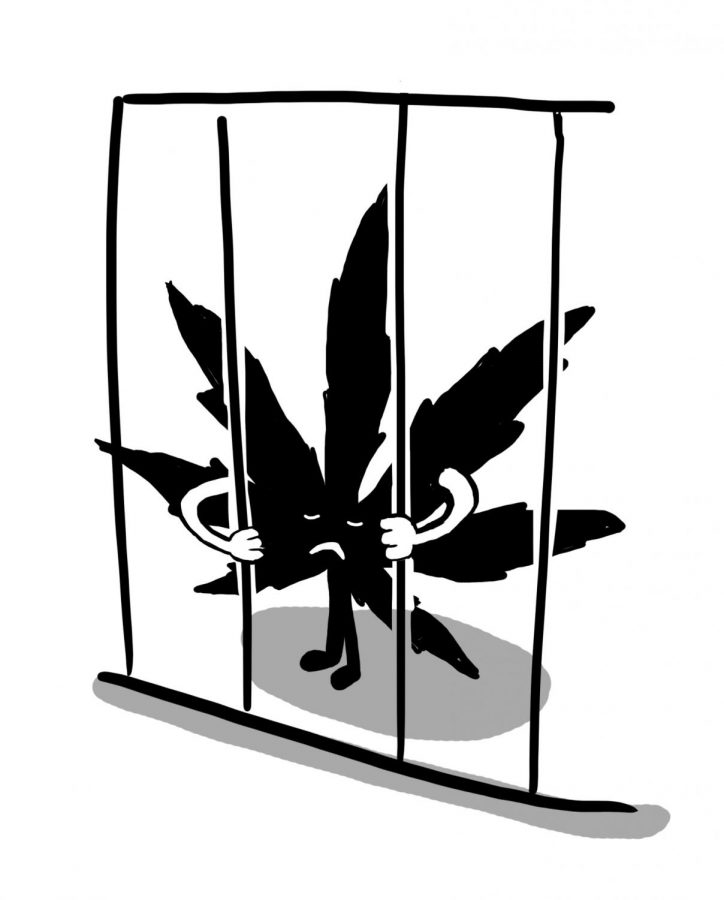Liberal arts professors like to teach about power. Sociology professors explain how power is constructed, politics professors emphasize how power is distributed and Spanish professors talk about, well, poder.
Despite the constant focus on theoretical conceptions of power, no one has ever taught me how to get it.
I am hoping that this will change with the coming symposium on community organizing held by the sociology department from Oct. 15-17 in honor of the centennial of Saul Alinsky’s birth.
As the father of modern community organizing, Alinsky spent his life methodically teaching the “have-nots” about the nature of power. As he said in a 1972 interview, “to accomplish anything you’ve got to have power, and you’ll only get it through organization. Now, power comes in two forms: money and people. You haven’t got any money, but you do have people, and here’s what you can do with them.”
Alinsky brought together labor unions, businesses, churches and housewives in unlikely coalitions that taught tens of thousands of ordinary Americans how to target power-brokers and politically out-maneuver them.
He developed specific methods to help citizens translate the democratic ideal of civic participation into a reality that gave people the power to shape decisions that affect their lives and communities.
His work was shaped by the rough world of the late 1930s depression in Chicago, but it has inspired several generations of organizers, including figures like Cesar Chavez, Hillary Clinton and Barack Obama. Both Clinton and Obama were offered jobs as community organizers for Alinsky. Clinton, however, turned the job down in favor of law school.
There has been much speculation that the reason Obama won is due to his Alinsky-style method of street-level democracy that allowed Americans to feel as if they truly had the power to make change.
America’s current situation begs for change. An economic depression, two wars, nuclear proliferation and a rapidly changing climate are not going to be solved by any one person, even one as incredible as President Obama.
The question then becomes how? How do we: college students with little money or political power: ensure that the world we inherit is a world that we actually want to live in?
Many of us have already started doing it. A project that currently fascinates me is one proposed by the recently-formed Environmental Justice group to organize energy efficiency projects, such as installing energy-efficient light bulbs and security lighting, in the greater Walla Walla community.
They see it as an environmentally-friendly way to save lower income residents money on their energy bills. At the same time, they are looking into counting the emissions reductions as part of a carbon offset for the college. That idea isn’t theirs alone but rather one that has been done at schools ranging from Linfield to Brown to Moorehouse.
Increasingly, whether college students are interested in environmental problems or other social issues, we are looking for ways to take action on the issues that we care about by organizing at a local level. The fame brought to community organizing by President Obama might explain some of the interest in Alinsky, but I think that there’s a little more to it.
In an era where web 2.0 technologies allow us to instantly communicate with people around the world, face-to-face interactions around important issues bring us out of the cyber clouds and back to reality. How exactly we create real change once we’re in that reality: well that’s a question I’m hoping Alinsky will help me figure out.
Lisa is a senior environmental studies and politics major. She is Whitman’s Sustainability Coordinator.



